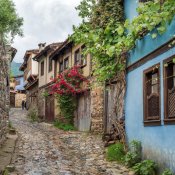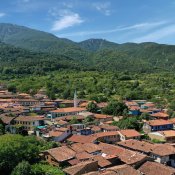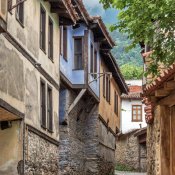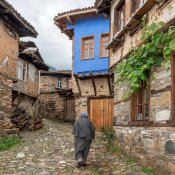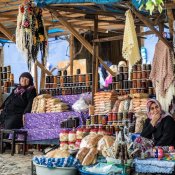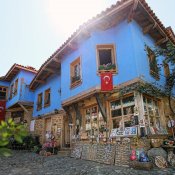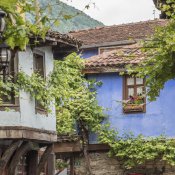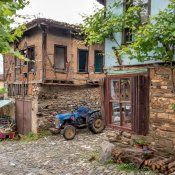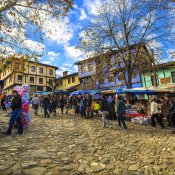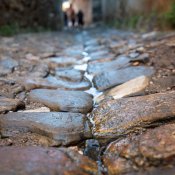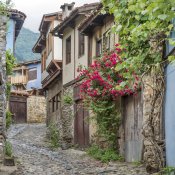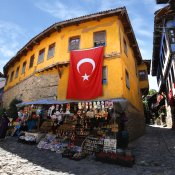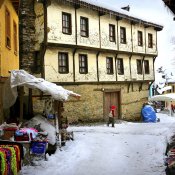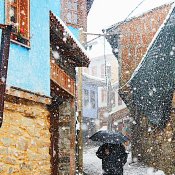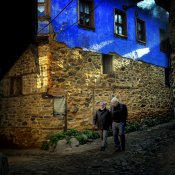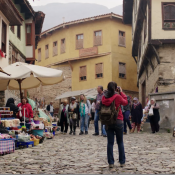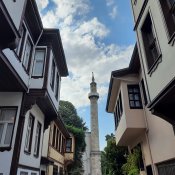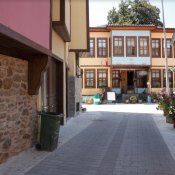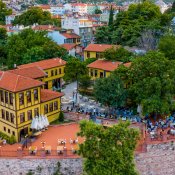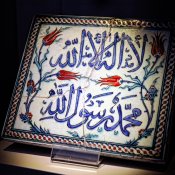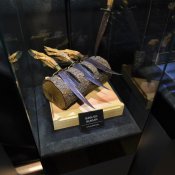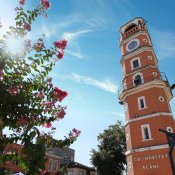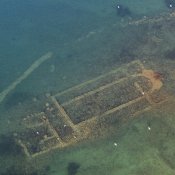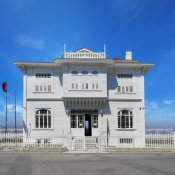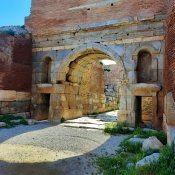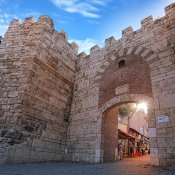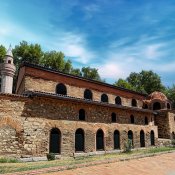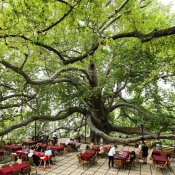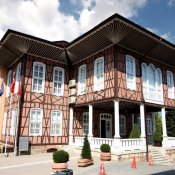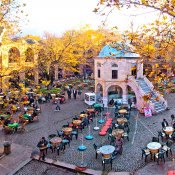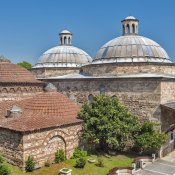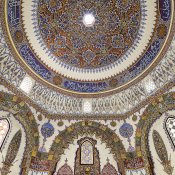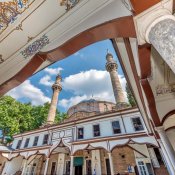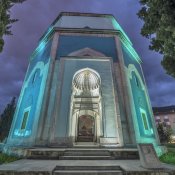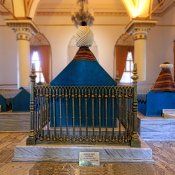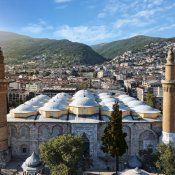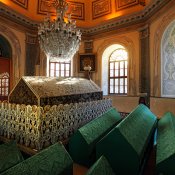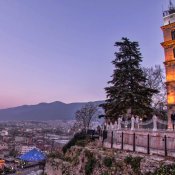Cumalıkızık Village
Cumalıkızık Village
It is an early Ottoman village located 12 kilometres on the BursaAnkara highway to the east of Bursa, 3 kilometres towards the northern skirts of Uludağ. The name “kızık” is mentioned in Divan-ı Lugat-it Türk in 11th century as there were Turkmen settlements called “kızık” in Anatolia and Northern Syria. The Kızık villages in Bursa are thought to have been built in the early 1300s. Cumalıkızık is the best preserved and most authentic of these villages, representing the Ottoman strategy of conquering first the rural areas and later the towns, providing a safe hinterland for their forces. It was a Waqf Village – meaning that it belonged forever to a public institution (Complex) and served as a source of income for building the Complexes and the new town. A cemetery, and a square with old plane tree in its centre are located at the entrance of the village. This square is the widest space in the village which has a dense texture. Although a public common area, this area was left empty with an intention to be included in the cemetery in the future since it was near. At present, it is used as the location of the bazaar by villagers. All the streets of the village are covered with natural stone and the middle of the streets are given inclination to allow rain water to stream down from the middle of the street. Thanks to the fountains available in the small squares formed by a cluster of 3 narrow streets, the need for water in the houses in the vicinity were met. Trading centre of Cumalıkızık is the square where the mosque of the village is located. Cumalıkızık consists of 270 houses; however, only 180 of them are used today.
Located in the site which was inscribed on the UNESCO World Heritage List in 2014.



